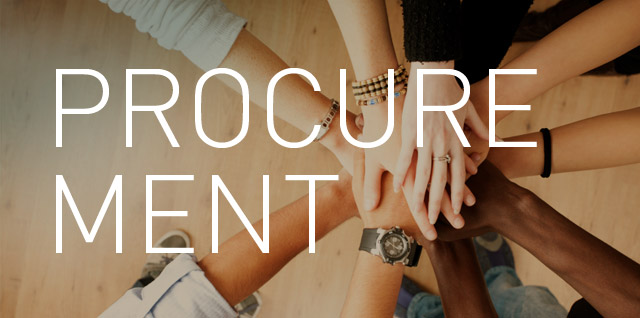Becoming a sustainable organization requires a multi-faceted approach that reaches across the full enterprise, unfortunately there is no silver bullet.
The good news is an increasing number of tools, techniques and processes are emerging to drive sustainability.
One tool that is often underestimated is the power of a policy approach and one policy area that is becoming increasingly popular is procurement. With many organizations already having some form of procurement or purchasing policy in place, enhancing the sustainability of an existing policy or developing one from scratch, is a natural next step for organizations looking to embed sustainability across value chain.
Focusing on procurement as a vehicle for Sustainability has many benefits from the reduction of costs to avoiding supply chain disruptions to meeting expectations of customers. The rub is that with no directions or a process to follow, sustainable procurement can seem like a daunting challenge. Here are 4 steps any organization can take to move procurement in a more sustainable direction:

1. Scope/Boundary Setting: Identify the scope and boundary for the policy. Start with a general area focusing on the most commonly purchased items and expand from there. For example, start with a scope of general office supplies and focus on those items purchased regularly. Develop an inventory of these common items such as paper, pens, folders, note pads etc.
2. Define Sustainability Attributes: Once the scope and boundary is decided, determine the desired sustainability attributes for the targeted items. When developing these attributes it helps to look at 3 general areas: Economic (i.e cost, quality and delivery) Environmental (i.e recycled content and recyclable at end of life) Social (i.e working conditions, testing practices). With a list of attributes decided, rank the top attributes and decide how many of these attributes need to be satisfied in order to comply. For example, if 10 attributes were defined, does satisfying 5 of 10 mean that the item will be considered a sustainable purchase?
3. Policy Documentation: Document the scope, boundary and items included in the policy. Next, document each of the sustainability attributes and guidelines for which of the attributes must be met to be considered for purchase and how many attributes must be met in order for it to be considered a sustainable purchase.
4. Deployment and Management: Train procurement staff on the policy and how to execute it. Develop a set of metrics by which to measure the performance of the policy. For example, measure what % of purchases comply with the policy by meeting the required number of attributes. Set goals to increase the % over time and make staff accountable by providing rewards/repercussions for attaining goals.
Often times organizations have a tendency to overcomplicate things such as sustainability, lean or general continuous improvement. Start small, keep it simple, lock in the improvement and then move on. In this case, start with a procurement policy that covers a small area or list of items, keep the list of attributes short and simple and lock it in place by developing a set of metrics, continually raising the bar for goals and tying it to the performance management system or making it part of the job description and performance review for procurement staff.






